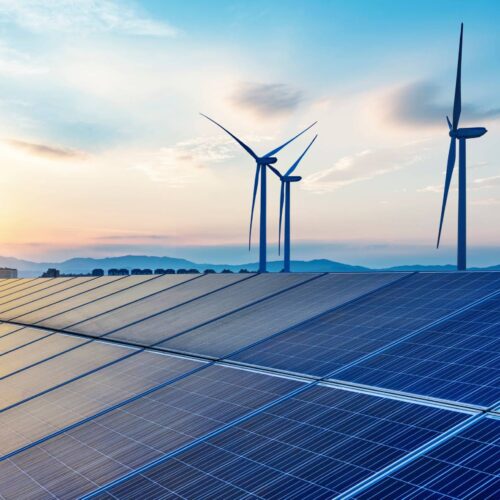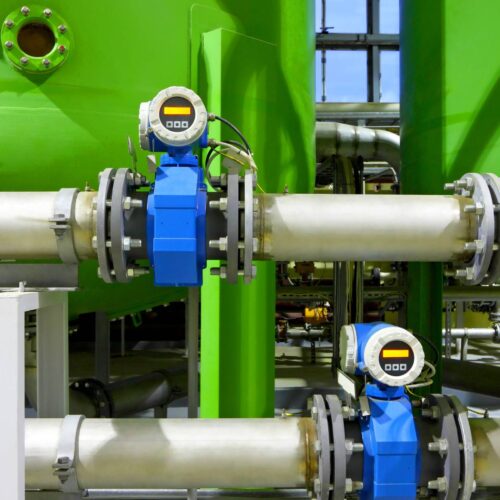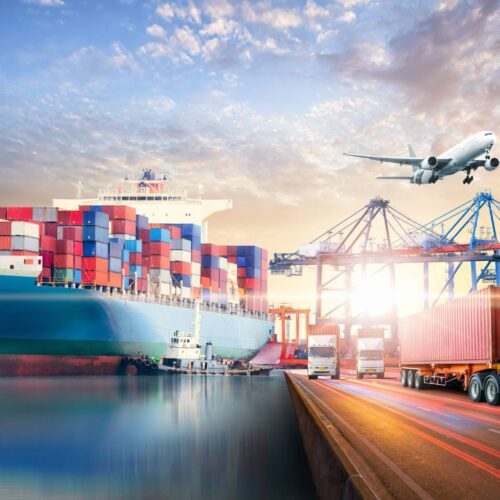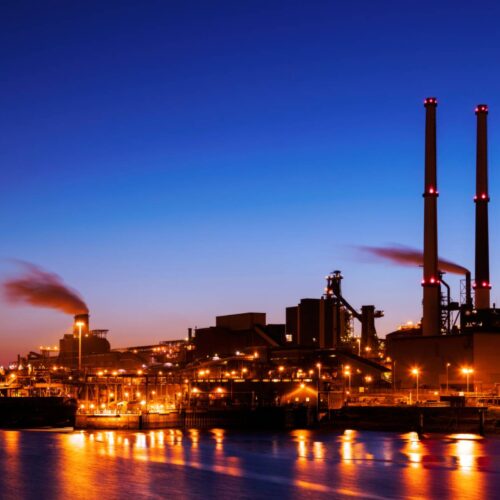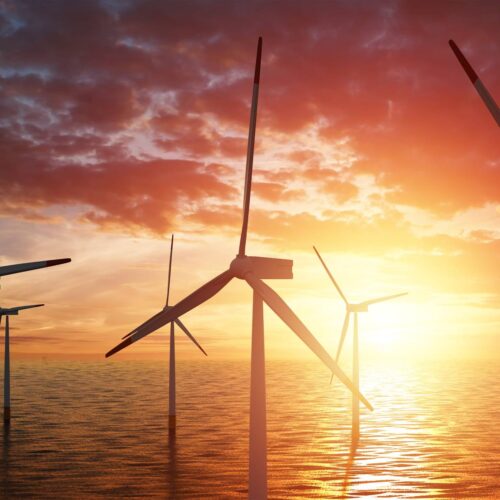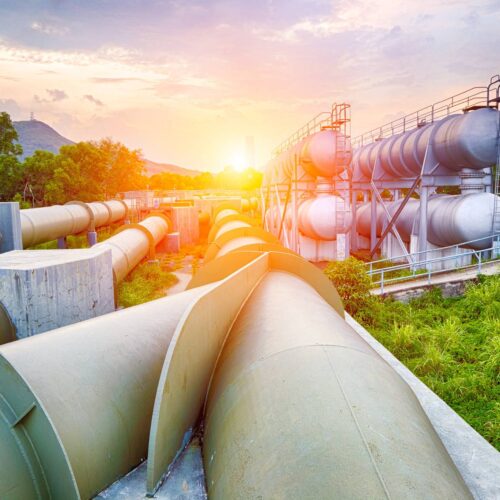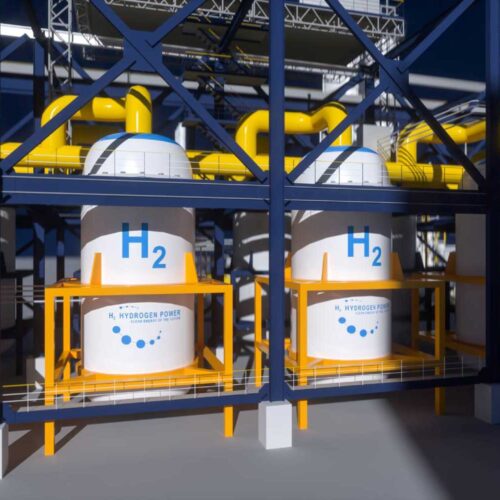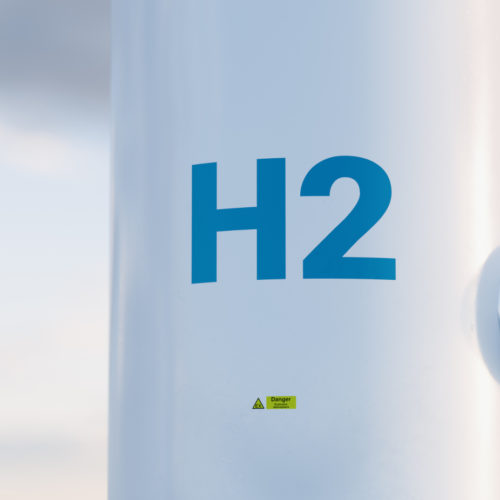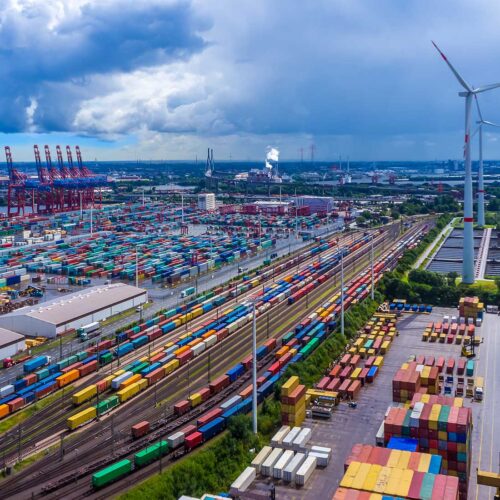
Thomas is the managing director of RMI’s Climate-Aligned Industries Program, where he leads the promotion of clean hydrogen adoption in heavy industry and transport.
The hydrogen initiative employs RMI’s signature techno-economic analysis and industry engagement to guide policy and implementation of this critical technology, with a focus on high-priority offtake sectors such as steel, fertilizer, and maritime shipping, and clean industrial hub development. Thomas also leads the Green Hydrogen Catapult, a coalition of industry first movers focused on driving a massive, global scale-up of hydrogen produced with renewable-powered electricity.
A leading expert on clean hydrogen and its climate and geopolitical implications, Thomas is a frequent speaker and media reference, having most recently featured in international media, including Bloomberg, Financial Times, TIME, and The Atlantic.
Background
Thomas previously helped build McKinsey & Company’s Sustainability and Resource Productivity practice, advising the world’s largest companies on the decarbonization of production and supply chains and serving as a senior advisor to national governments drafting and implementing sustainability strategies. He was the lead analyst of the very first McKinsey Marginal Abatement Cost Curve in 2005 and spent the following eight years building what would become a full-scale business area at the consultancy focused on sustainability applied to industrial facilities.
Education
MSc in Engineering Physics, Royal Institute of Technology, Stockholm (2003)
Russian Language and Culture, State University of St Petersburg (2001)
L3 qualifications in Resource Productive Operations at McKinsey & Company
Location
Boulder, CO


